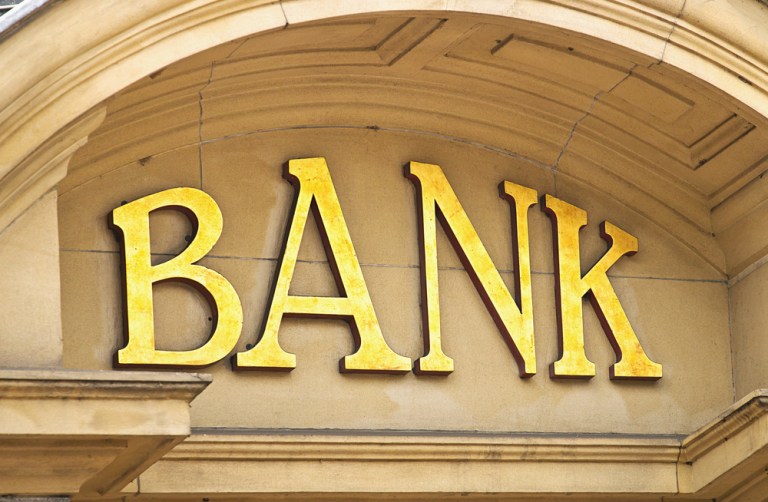Congress Passes Bill To Ease Regs On Small Banks

A bill that would give regional banks a break on regulation won approval in the U.S. House of Representatives on Tuesday (May 22), with the bill now headed to President Trump for his expected signature.
The Economic Growth, Regulatory Relief, and Consumer Protection Act, S. 2155, would raise the threshold for a systemically important financial institution (SIFI) to $250 billion in assets from $50 billion.
That change would become effective 18 months after the bill is enacted — though the SIFI designation would immediately lift for banks with assets under $100 billion, according to a Height Capital Markets research report by Ed Groshans, senior vice president at the firm. Groshans said such financial institutions as Zions, Regions Financial, Citizens Financial, Huntington, American Express and Keycorp would benefit from the law.
“The bill also gives regulators more discretion in deciding when to require stress tests of capital adequacy for banks with between $100 billion and $250 billion in assets in the event of another crisis,” according to a summary of the bill in MarketWatch.
“Tom Hoenig, who stepped down last month as FDIC vice chairman, (said) that the Volcker rule should remain in place but, rather than requiring banks to comply with tedious reporting requirements, [should] allow bank examiners to check compliance with policies and procedures as part of the regular inspection process,” the report added.
The bill “is a huge, important step forward — we hope the first of additional steps — to modernize and appropriately tailor the supervisory framework,” said Rob Nichols, CEO and president of the American Banking Association. “It’s going to be easier for banks to serve their customers, clients and communities — that’s what’s most important.”
Criticism of the bill came Tuesday from the U.S. PIRG, a group of state-based public interest research groups. “While we appreciate the Senate Banking Committee’s original intent to craft a narrow bill to help only community banks and credit unions,” the group said in a letter, the bill as crafted would “increase mortgage fraud and racial discrimination; it will also increase risky banking practices by the nation’s biggest banks, less than 10 years after the September 2008 financial system collapse and October bank bailout.”
Deregulations for smaller banks and credit unions could theoretically lead to more innovation — a topic that was the focus of the latest PYMNTS Innovation Readiness Playbook, which found that “credit unions are, on average, doing a better job of developing innovative new financial products and features than their community or commercial bank counterparts,” according to a summary of that report. “More than 13 percent of CUs surveyed rank among the top-performing (financial institutions) — nearly twice the percentage of commercial banks and five times the percentage of community banks.”
That said, there remains significant room for improvement, the Innovation Readiness Playbook found: “CUs have a long way to go to catch up with the top performers. Most CUs, along with 80 percent of FIs of all kinds, find themselves stuck in the middle of the pack when it comes to debuting new innovations. And while that may mean they aren’t falling behind their existing competition, it also means that there’s still plenty of room for FIs to improve.”